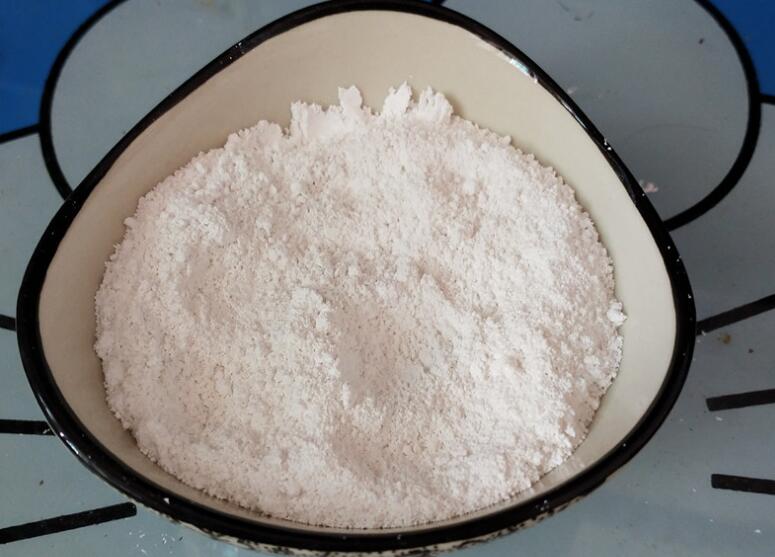Application of hyperdispersant-modified magnesium hydroxide in polyolefins: the key to improving performance

In the application of polyolefin materials, improving their flame retardant properties is an important research direction in the field of materials science. Magnesium hydroxide (Mg(OH)2) has become an ideal environmentally friendly inorganic flame retardant due to its halogen-free, non-toxic, low-smoke and other characteristics. However, due to the strong surface polarity of magnesium hydroxide, its poor compatibility with polyolefin materials limits its application in polymer materials. In order to solve this problem, research on hyperdispersant-modified magnesium hydroxide came into being, aiming to improve its application performance in polyolefins through surface modification technology.
The role of hyperdispersant modification
Hyperdispersant is a highly efficient polymer dispersant with the characteristics of thick adsorption layer and strong affinity. It can effectively improve the dispersion of magnesium hydroxide in polyolefin resin and improve the compatibility with the resin. Through hyperdispersant modification, the surface properties of magnesium hydroxide are significantly improved, thereby enhancing its dispersion in the polyolefin matrix, reducing agglomeration, and improving the mechanical properties and flame retardant properties of composite materials.
Evaluation of modification effect
The magnesium hydroxide modified by the hyperdispersant has good dispersion in polyolefin resin and strong interfacial adhesion, which significantly improves the flame retardant and mechanical properties of the composite material. The modification effect of magnesium hydroxi








